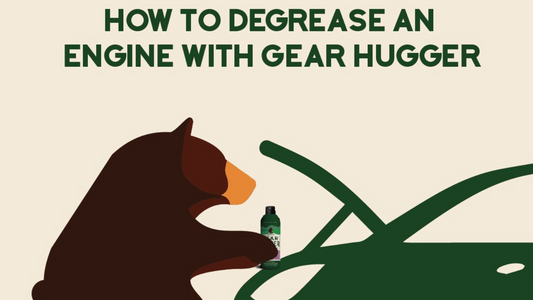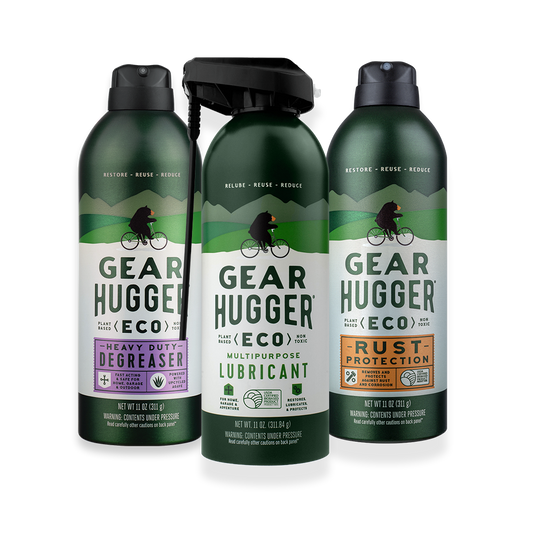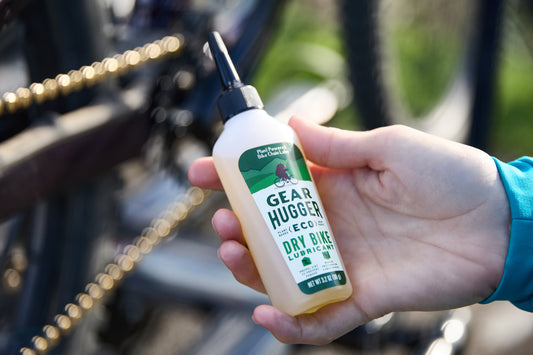If you’re like us, you take pride in your car or truck’s looks. You bring it through the car wash once a week, or give it a good scrub down yourself with your special wash mitt, professional-grade soap, and premium drying towel. You likely enjoy the satisfaction of wiping down the dashboard, and if you’re fired up, you might even steam clean those floor mats. A like-new interior, mirror shine, water that beads right off the hood…ah, that’s the goal.
But, how often do you clean the engine? Far less sexy, we know, but even more important. If you aren’t working on your car yourself, then it’s possible you haven’t cracked the hood in years. If you do, you’ll likely encounter an engine with a lot of grease, stuck-on dirt, some old leaves, and just a layer of grime.
Where do you even begin? Well, typically, by using what’s known as a “degreaser.” This is a chemical solution that you spray onto some machinery to break down the grease and dirt so you can easily spray and wipe it away. Talk about satisfying…
Why degrease an engine?
Beyond looking nice, there are quite a few safety and financial reasons for degreasing your car or truck engine. Here are some of the core benefits:
- Removing grease and road grime can help you see problems such as leaks or loose parts. Fixing small leaks means paying a little now to avoid a big expense later
- A clean engine runs better as less grease and dirt puts less strain on wires, hoses, and pulleys
- Getting rid of leaves and small sticks from within the engine compartment that can ignite and cause a car fire that could spread through your garage into your home
- A deep cleaning can remove road salt (for your snowbound drivers) that corrodes metal and plastic engine parts
- If you’re selling your vehicle, it’s a good idea to degrease the engine so it matches with the clean exterior and shows pride of ownership that can get you a premium price
Avoid the Nasty Chemicals
Most degreasers use either oil or water as their base. Petroleum-based degreasers are flammable, which poses a risk when using the product and with storage. These degreasers are often sprayed off with water after usage, and this runoff becomes a toxic sludge that can seep into the ground and enter waterways through storm drains. They’re also an inhalation risk, with foul-smelling fumes that contain several known carcinogens.
The Plant-Based Alternative
Most degreaser products are heavy-duty formulations that contain an array of toxic chemicals. These products work, but they pose a safety risk to you and the environment. A more sustainable alternative is a plant-based degreaser called Gear Hugger. It’s biodegradable, non-toxic, and performs as well as oil and water-based traditional spray degreaser products.Talk about getting the most bang for your buck. The product's unique formulation makes it ideal for hundreds of uses, and a perfect degreaser to maintain your car’s engine for years to come.
Before tackling an engine degreasing with Gear Hugger, make sure the engine is cold, and cover the electrical components with plastic and tape. You should also remove the battery. Here’s the six-step plan for degreasing your engine safely, effectively, and sustainable. Win, win, win!





For very dirty engines, you can repeat steps one through four before drying the engine. Use a towel and/or a leaf blower to dry the compartment. Bonus step: Rest easy knowing you improved your car’s value and performance without sacrificing the environment.
Gear Hugger is perfect for car and truck engines, but it doesn’t stop there. Use it for degreasing and cleaning your RV, lawnmowers, farm equipment, and other machinery that accumulates a lot of dirt and grease.
Pair Gear Hugger’s heavy-duty degreaser with the brand’s multi-purpose lubricant to clean, lubricate, and protect engines.





